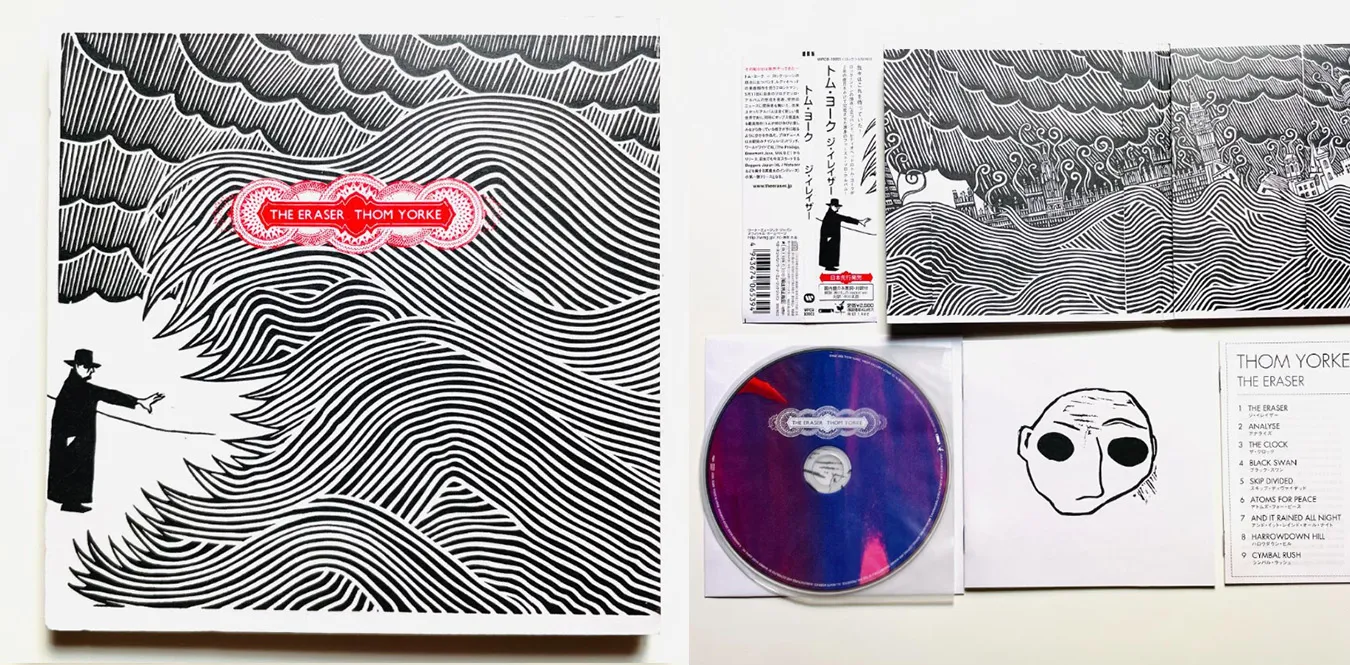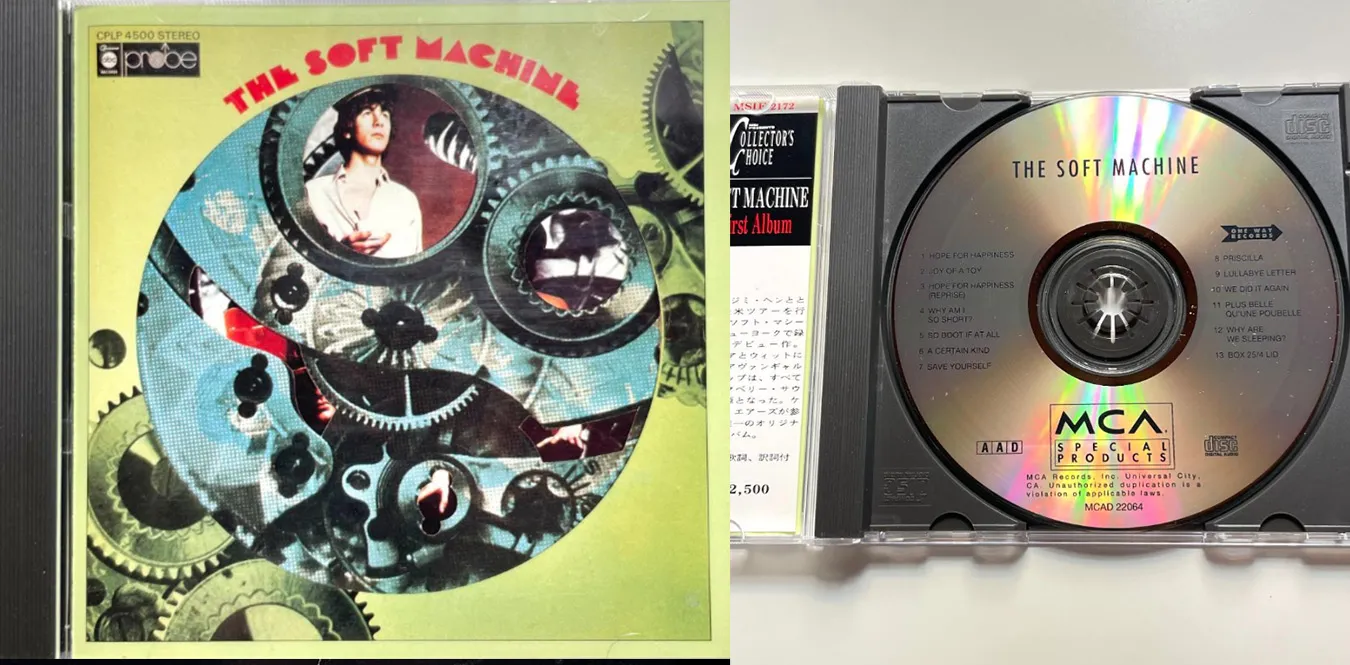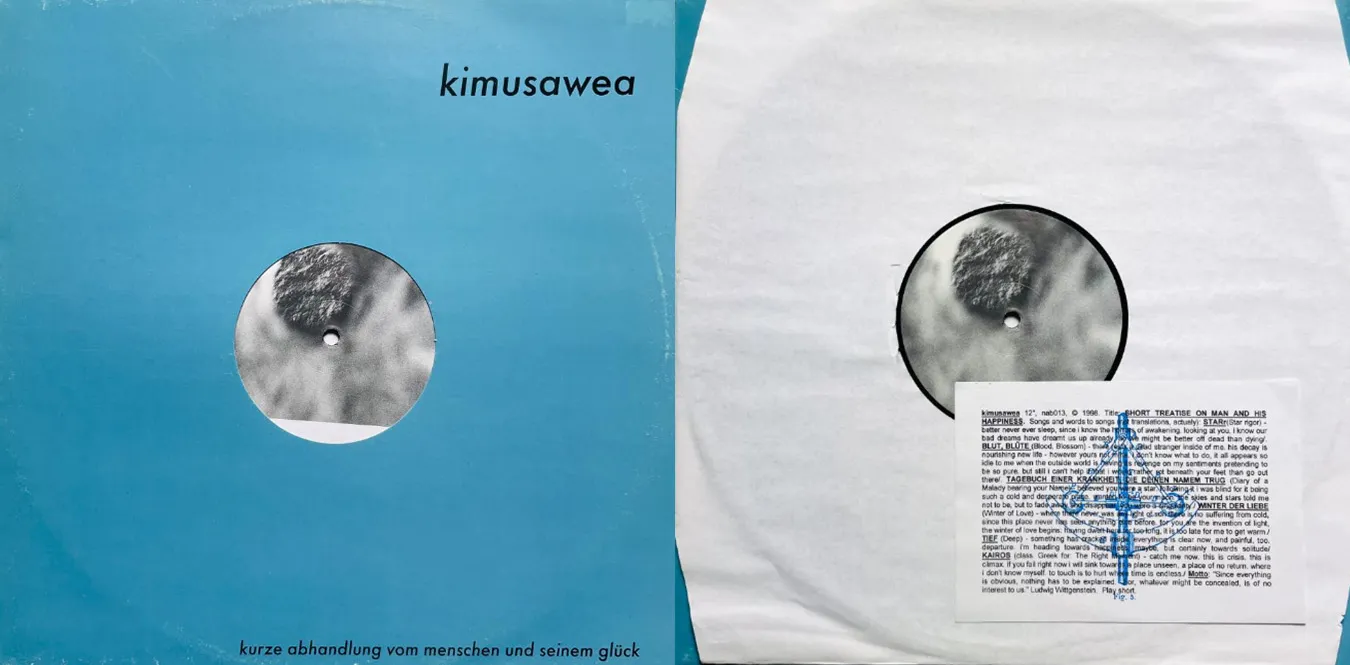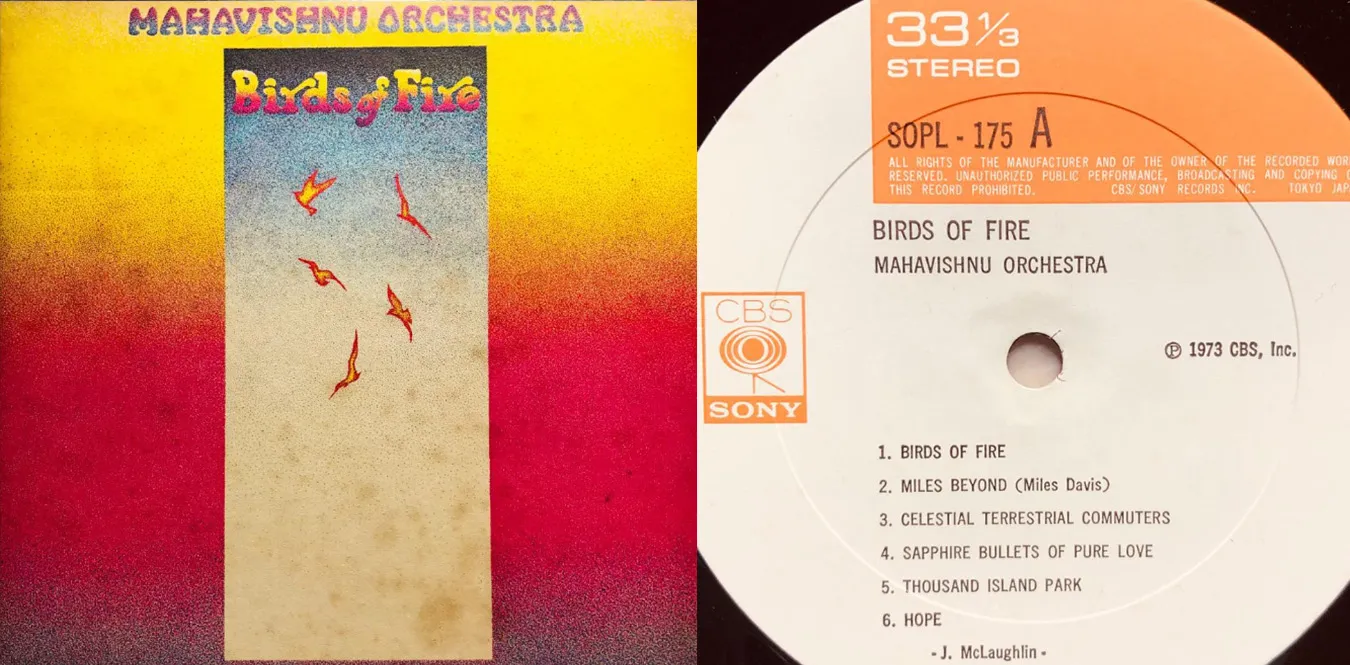[Column] Rhythm revolutionaries: The rhythm front lines of drummers who connect Japan and the world
Column en Experimental Improvisation Jazz Rock![[Column] Rhythm revolutionaries: The rhythm front lines of drummers who connect Japan and the world](/../assets/images/column-drummers.webp)
The heartbeat of the world and Japan: Rhythms that connect the aboveground and underground — between silence and impulse, tradition and experimentation —
Text: mmr|Theme: The genealogy of “rhythm” that runs through the world and Japan ─ 200 years of history of drummers who connect the aboveground and underground
In the shadows of the drummers who were at the center of history, there are underground experimenters who were ahead of their time. Even in the days when Buddy Rich and John Bonham dominated the main stage, another heartbeat was beating somewhere in a warehouse or small jazz bar. They were often too excessive, too free, and difficult to understand. However, a new rhythm was born from that “blank space”.
Underground drummers were playing time rather than instruments. It was neither a nation nor a genre, but the language of a ““sensory community.’’
Introduction: What is rhythm? A cultural history of blowing and breathing
Percussion instruments are the beginning of music and the heartbeat of the world. The drums in African villages are a substitute for words, and the Latin American congas are a continuation of prayer. And in cities after the Industrial Revolution, it became synchronized with the rhythm of machines. The drum set was born in the early 20th century. The combination of snare, kick, and hi-hat was designed as an extension of human limbs, Jazz turned it into an “improvisational structure.”
Gene Krupa, Buddy Rich, Art Blakey── What they struck was not so much the rhythm, but the very existence. Rhythm is neither the dominant nor the accompaniment, but the “heartbeat” of the band community. The drummer who played it was also a philosopher.
Chapter 1: The Heartbeat of the World — Genealogy of the Rhythm Revolution
1-1. The Golden Age of Jazz: From Art Blakey to Elvin Jones
As symbolized by Art Blakey’s ““Moanin’’, During the golden age of jazz, drums were at the center of “dialogue.” Blakey, the leader, nurtures young people through drumming. Elvin Jones became Coltrane’s “cosmic driving force.” Rhythm was not just a groove, but an expansion of time and space.
1-2. Rock Explosion: Ginger Baker and John Bonham
In the 1960s and 1970s, drums transformed into a symbol of rebellion. Ginger Baker (Cream) introduced Afro-polirhythm to rock; John Bonham (Led Zeppelin) made the “drum solo” an art with his explosive sound pressure. The snare reverb in Bonham’s “When the Levee Breaks” is It also became the prototype for subsequent hip-hop beats.
1-3. Orthodox axis: Buddy Rich, Tony Williams, Steve Gadd
Buddy Rich is a symbol of speed, Tony Williams is a symbol of freedom, and Steve Gadd is a symbol of precision. The “ideal image of a drummer” they created was the very framework of 20th century music. However, at the same time, drums that deviate from discipline were writhing underground.
1-4. The heartbeat of Africa: Tony Allen and the political revolution
Tony Allen, better known as Fela Kuti’s sidekick, is the man who invented “Afrobeat.” The rhythm was a symbol of “anti-establishment” and visualized the energy of the people in Nigeria under military rule. The drums were politics. The sound was a protest.
1-5. Impact of the European avant-garde: Han Bennink, Christian Lillinger
Han Bennink from the Netherlands bangs on chairs and walls on stage. For him, ““sound’’ is an encounter with an object itself. Germany’s Christian Lillinger manipulates polyrhythms like data structures to connect contemporary music and club culture. European experimental drummers have criticized rhythm as a “philosophy.”
1-6. Underground North America: Greg Fox, Deantoni Parks
Greg Fox (ex-Liturgy) is a fusion of black metal and improvisation. Deantoni Parks (The Mars Volta) plays the sampler with one hand and the snare with the other. Use your body to solve the 21st century challenge of ““coexistence of humans and machines.’’ Their performance lies somewhere between religious ritual and technology.
Chapter 2: The heartbeat of Japan — Rhythms that connect above and below ground
2-1. After Ponta — From craftsman to thinker
What Shuichi Murakami “Ponta” created was the sense of “tapping in Japanese.” However, since the 1990s, a new generation has emerged who dismantled that grammar. They redefined the gravity of music by “shifting the gaps”.
2-2. YOSHIMIO (BOREDOMS / OOIOO) and Yo2ro — Release the drum into space
Yoshimi Yokota = YOSHIMIO is one of the most free drummers in the world. Boredoms’ giant drum ensemble ““77BOADRUM’’ was a ritual that shook the city. For her, drums are not just a percussion instrument, but the “waves of life.”
Additionally, Yo2ro is active in Boredoms and other experimental music projects. By freely manipulating the vertical and horizontal aspects of polyrhythm, he echoes YOSHIMIO’s cosmic beat. Yo2ro’s snare has the power to transform space every time it is struck. He is attracting attention as a symbol of Japan’s avant-garde drummers.
2-3. Rock rebels after Yuya Uchida: Tatsuya Nakamura, Junji Ikebata
Tatsuya Nakamura has turned the drum into something that is both violence and poetry. Beyond the context of “Kiyoshiro Imawano” and “Blankey Jet City,” A being that embodies the body’s cries as sound. Junji Ikebata plays the drums that translate blues into Japanese. The stick has the Showa style and rebelliousness.
2-4. Experiment and meditation: Tatsuhisa Yamamoto, Yasuhiro Yoshigaki, Hachito Matsumoto, Keiji Haino
Tatsuhisa Yamamoto (Akira Sakata, co-starring Jim O’Rourke) makes a sound that sounds like hitting the very air. Its rhythm visualizes the moment when time stops. Yasuhiro Yoshigaki (ROVO, Orquesta Nudge! Nudge!) integrates club music structures and improvisation. Hachito Matsumoto (ex-Paellas) brings out the urban feel of the post-indie era. Keiji Haino’s strikes transcend the boundaries of noise, improvisation, and prayer. The theme of both works is “impulse in silence.”
2-5. New generation flow: Shun Ishiwaka, Utena Kobayashi, Akira Sakamoto, Yo2ro
Shun Ishiwaka is a symbol of Tokyo J-Jazz, but he also freely traverses pop fields such as millennium parade and cero. Utena Kobayashi (black midi-like polyrhythm + Japanese drum-like structure) transcends gender and genre. Akira Sakamoto (DOWNY, MONO NO AWARE) treads the line between tranquility and violence. And Yo2ro, based on the experience cultivated in contemporary music and improvisational projects including Boredoms, The intersection of traditional rhythm and avant-garde improvisation resonates in modern cities. They are reconstructing the ““individual rhythm’’ = the grammar of the world.
Chapter 3: The future of rhythm — a new relationship between machines and bodies
AI drums, MIDI triggers, and haptic devices. The future of percussion instruments is also an attempt to redefine human physicality. However, no matter how much technology advances, The origin of rhythm is “breath” and “heartbeat.”
As Jeff Mills says, “Drum machines are the future of jazz.” At his live shows, the TR-909 sounds like a living thing. And as Keiji Haino continues, “Silence is part of music.”
Final Chapter: Genealogy of Heartbeats — A rhythm that runs through the world and Japan
The heartbeat of the world and the heartbeat of Japan are definitely intersecting right now. A loft in New York, a warehouse in Berlin, a basement studio in Tokyo. Drums continue to beat like a heartbeat everywhere.
Art Blakey’s “Soul Beat” John Bonham’s “Explosive Poem” Keiji Haino’s “Silent Explosion” Tatsuhisa Yamamoto’s “Sound of Breathing”, YOSHIMIO and Yo2ro’s cosmic beat.
At first glance, they seem like different worlds. However, the rhythm that dwells in the hearts of listeners is the same. It is “the heartbeat that connects the aboveground and underground”── And it is a musical memory that will last into the future.
Discography
| Artist | Album | Year | Link |
|---|---|---|---|
| Art Blakey & The Jazz Messengers | Moanin” | 1958 | Amazon |
| Elvin Jones | Live at the Lighthouse | 1972 | Amazon |
| Tony Allen | HomeCooking | 2002 | Amazon |
| John Bonham (Led Zeppelin) | Led Zeppelin IV | 1971 | Amazon |
| Ginger Baker (Cream) | Wheels of Fire | 1968 | Amazon |
| Jeff Mills | Live at the Liquid Room, Tokyo | 1996 | Amazon |
| Tony Williams | Lifetime: Emergency! | 1969 | Amazon |
| Shuichi Murakami “Ponta” | Rhythm Designer | 1994 | Amazon |
| Motohiko Hino | Alone Together | 1979 | Amazon |
| Tatsuya Yoshida (Ruins) | Hyderomastgroningem | 1993 | Amazon |
| Keiji Haino | Watashi Dake? | 1981 | Amazon |
| Tatsuhisa Yamamoto | Red Oni | 2010 | Amazon |
| Yasuhiro Yoshigaki (ROVO) | Pyramid | 2005 | Amazon |
| Manabu Sakata | One | 2016 | Amazon |
| Jim O”Rourke × Tatsuhisa Yamamoto | Simple Songs | 2015 | Amazon |
| Keiji Haino & Merzbow & Balázs Pándi | Become the Discovered, Not the Discover | 2019 | Amazon |

![[Column] Black Midi — The impact of experimental rock from London and its trajectory](/../assets/images/column-black-midi.webp)
![[Column] Squarepusher: A fusion of breakbeats, jazz, and electronic music](/../assets/images/column-squarepusher-history.webp)
![[Column] The multilayered structure of Tokyo sound - the sound culture of Shinjuku, Shibuya, Shimokitazawa, and Akihabara](/../assets/images/column-tokyo-sound-layers.webp)
![[Column] Strings that directly convey emotions and thoughts — Guitarists from around the world and Japan](/../assets/images/column-guitarist.webp)
![[Column] Planet of Bass: Cultural History of Bassists in the World and Japan ---Sounds Under the Earth's Surface](/../assets/images/column-bassists.webp)
![[Column] Ween — A strange universe born from a suburban garage](/../assets/images/column-ween.webp)





